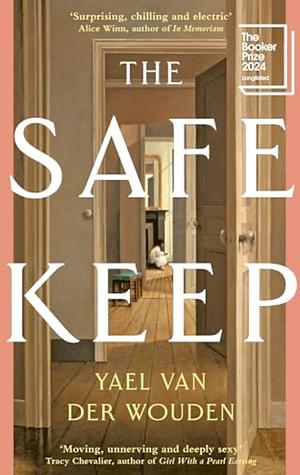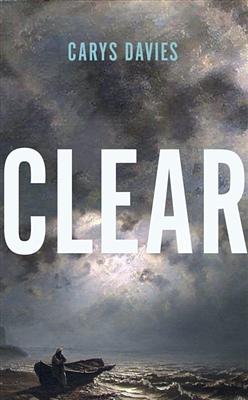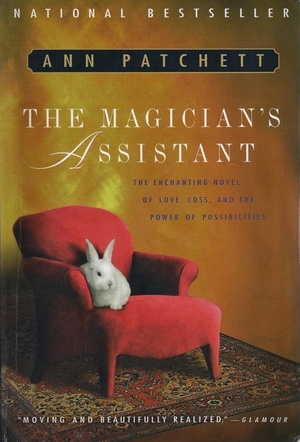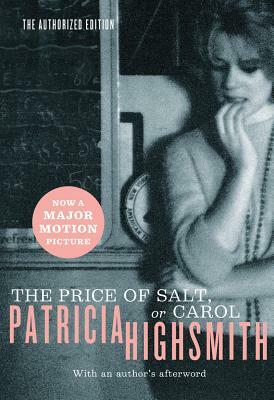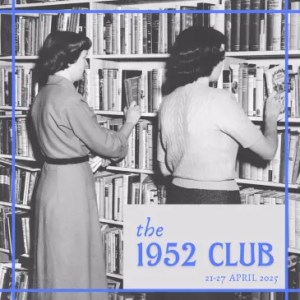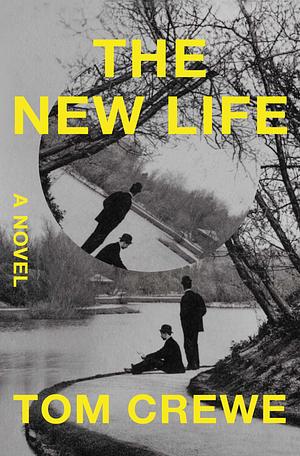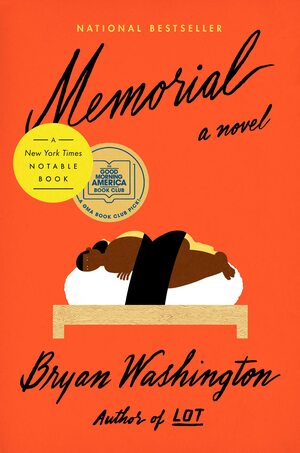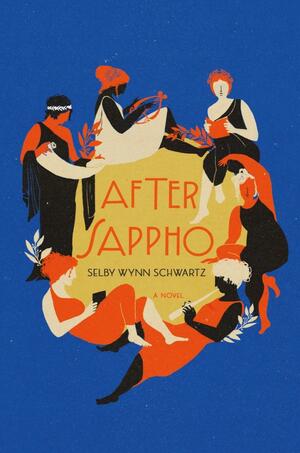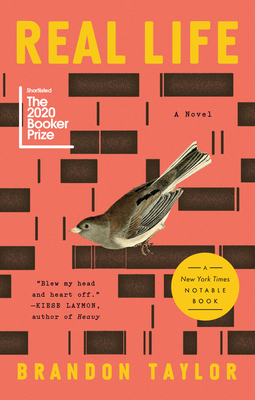In 1961 Utrecht, Isabel lives in the house her uncle bought for her mother during the war. Her mother died, and Isabel is very protective of the house’s contents, although she doesn’t own them. Her uncle intends to leave the house to her oldest brother Louis.
Isabel is in her thirties—particular, with a dislike of things that are different, stiff, unfriendly, and solitary. She has no sexual experience. She doesn’t like people to touch the things in the house, and she frequently thinks the help is stealing.
Isabel, Louis, and her other brother Hendrik have periodic dinners in the house, although both men now live in The Hague. Louis often misses the dinner, though, or if he comes, he brings his latest in a long string of girls he’s been in love with. These relationships only last a short while, however, so Isabel and Hendrik resent the inclusion of the women. Isabel, though, refuses to invite Hendrik’s partner, Sebastian.
Louis comes to dinner with a new girlfriend, Eva, whom Isabel thinks is low-class and treats with hostility. To her dismay, Louis tells her he must travel for business and wants Isabel to have Eva for a guest while he is away. He points out that the house isn’t really Isabel’s but is intended for him.
So, Isabel reluctantly takes Eva in, but she is not nice about it even though Eva tries to be friendly. The atmosphere is charged.
I found a lot of this novel very interesting, especially in its revelation of how The Netherlands treated Jews returning from the concentration camps after the war. Yes, mild spoiler, this novel does have to do with the aftermath of the war. I am not a fan of explicit sex, however, no matter who it involves, and there was a lot of that going on for about 100 pages.
The novel takes an unexpected turn at the end, and I think, besides the character study of Isabel, I found that part the most interesting.
I read this book for my Walter Scott Prize Project.

